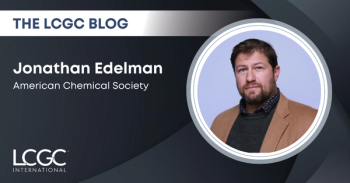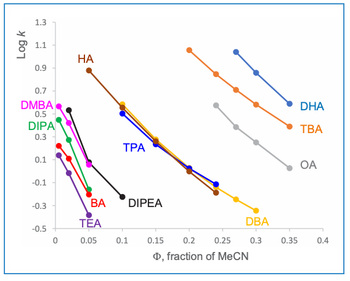
Scaled Down EPA Methods 8270 and 625: Solid Phase Extraction of 100 mL Samples or Less
The EPA has updated methods 8270 (8270E) and 625 (625.1) to both now permit the use of solid phase extraction (SPE) to analyze for semi-volatile organic compounds (SVOCs) in aqueous samples and TCLP leachates. As a result of new advancements in instrumental sensitivity, smaller sample sizes can now be utilized to obtain required method detection limits, reducing solvent and standard consumptions and overall sample preparation time. This application note describes a reliable, efficient, and cost-effective SPE method utilizing two stacked cartridges for the extraction of 100 mL water samples or less.
Newsletter
Join the global community of analytical scientists who trust LCGC for insights on the latest techniques, trends, and expert solutions in chromatography.




